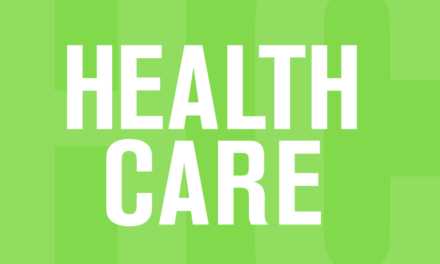As Canada heads into a federal election campaign under a pandemic cloud, COVID-19 statistics will be watched as closely as public opinion poll numbers and the dollar signs on election promises. What follows are some baseline numbers to assist in keeping tabs on what’s being billed as the first pandemic federal election campaign in our history.
Experts say that Canada has entered a fourth wave of the pandemic. Active case numbers have been on the rise over the last three weeks, but at just over 17,000 they are a long way from matching those reached in the third wave. The third wave peaked around April 20 at 88,000 cases before dropping to the 4,500 range three months later. However, since July 25 cases have taken off, as Table 1 shows.
Table 1: Change in active cases selected dates
| July 25 | Aug.8 | Aug.15 | |
| Canada | 4,637 | 10,307 | 17,025 |
| B.C. | 612 | 2,440 | 4,336 |
| Alta. | 799 | 2,719 | 4,438 |
| Sask. | 336 | 656 | 1,043 |
| Man. | 555 | 538 | 586 |
| Ont. | 1,450 | 2,242 | 3,667 |
| Que. | 752 | 1,558 | 2,775 |
| N.B. | 7 | 76 | 85 |
| N.S. | 12 | 13 | 26 |
| P.E.I | 0 | 4 | 6 |
| N.L. | 39 | 14 | 14 |
| Terr. | 75 | 47 | 45 |
Source: Health Infobase
Although the increase in cases last week affected most provinces, British Columbia and Alberta continued to be hardest hit. The two provinces account for only 25 percent of Canada’s population, but had over half of the reported cases as of Sunday. Doubling in Nova Scotia’s modest case numbers shown in the table may be a harbinger of history repeating. During the third wave Nova Scotia’s peak was several weeks behind the national trend, peaking at 227 cases on May 7. Hopefully, the jump in cases last week will turn out to be a blip, not a replay of the spring.
Deaths down, hospitalizations flat
As expected, vaccinations have reduced the number of deaths from COVID-19 – a downward trend that has not been affected by the rise in cases. So far in August reported deaths in Canada are averaging 50 per week, down from a weekly average of 150 in June.
Hospitalizations are another indicator of how the pandemic is progressing. The most recent data show hospitalizations across the country totalled 364 on August 9, up slightly from July 25. The number of patients in intensive care and on mechanical ventilators was down from July.
Table 2: Hospitalizations, selected dates
| July 25 | Aug. 2 | Aug. 9 | |
| In hospital | 337 | 319 | 364 |
| In ICU | 191 | 168 | 177 |
| Vented | 116 | 109 | 95 |
Source: Health Infobase
Although case rates in Canada have been climbing for the last three weeks, we compare well with other rich G-7 countries. During the third wave in April and May our vaccination rates were relatively low and our daily case rates were among the highest in the G-7. Both indicators have improved a lot since then.
On August 16 according to the New York Times vaccination tracker 64 per cent of Canadians had received two doses of vaccine, the highest percentage in the G-7 and among the top dozen countries in the world.
Average daily case rates for the week of August 8-15, although up significantly from four weeks earlier, remained the lowest in the G-7. Table 1 shows average daily case rates per million population for last week, compared with mid-May and mid-July for G-7 countries.
Table 3: Daily new case average per million
| May 16-23 | July 11-18 | Aug. 8-15 | |
| Canada | 115.1 | 9.9 | 49.6 |
| U.S. | 78.1 | 100.1 | 332.9 |
| U.K. | 37.1 | 656.1 | 416.0 |
| France | 191.6 | 120.3 | 362.3 |
| Italy | 78.2 | 38.3 | 104.7 |
| Germany | 87.0 | 14.5 | 51.7 |
| Japan | 41.8 | 22.4 | 124.5 |
Source: Worldometer
As Table 3 shows, Canada had the second highest daily case rate in mid-May and the lowest in July. Despite the sharp increase from 9.9 to 49.6 daily cases per million from a month ago, Canada continued to have the lowest daily rate of new cases last week, far below the numbers for the United Kingdom, the U.S. and France. However, the five-fold increase from 9.9 daily cases per million in July to 49.6 last week is the sharpest in the G-7, making this metric worth watching as the campaign proceeds.
-30-





